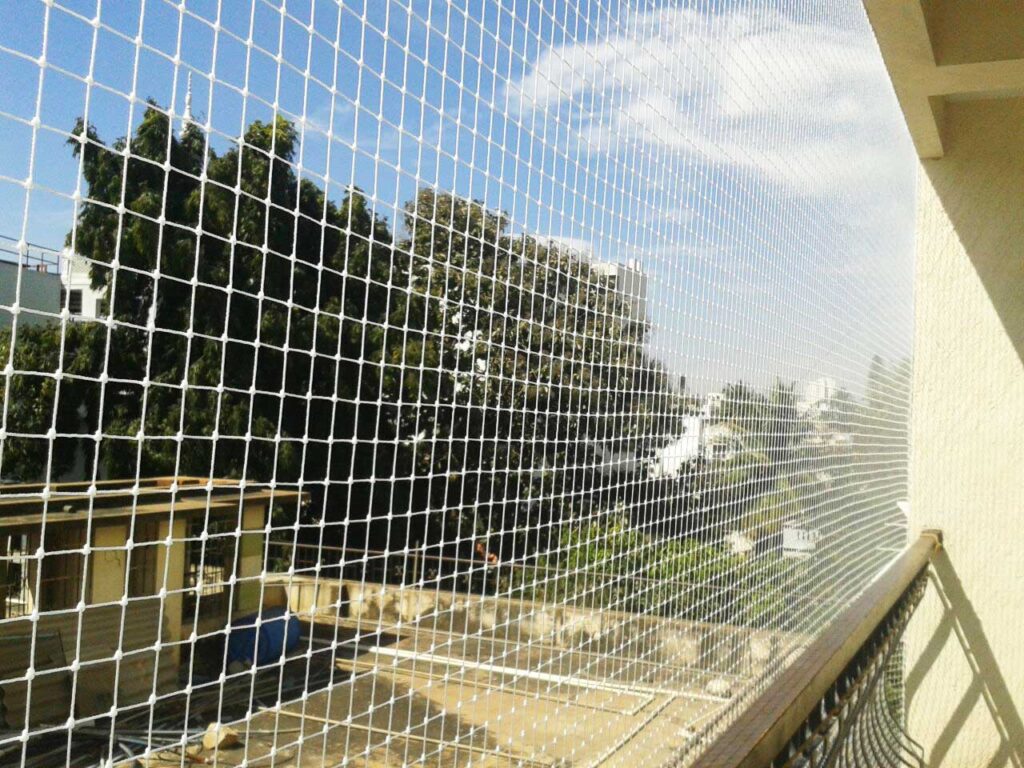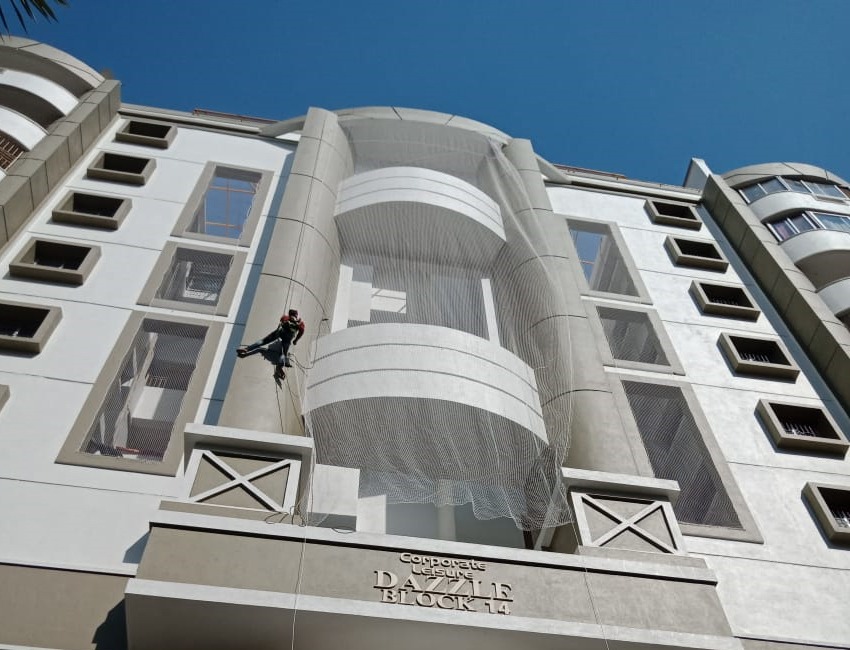Blog

A Guide to Installing Anti-Bird Nets
Birds, while beautiful in nature, can quickly become a nuisance when they decide to roost or nest on your property. From messy droppings and damaged infrastructure to persistent noise, the problems caused by unwanted avian visitors can be frustrating. Luckily, anti-bird nets offer an effective and humane solution. But knowing how to install them properly is key to ensuring their effectiveness. This article dives into the different methods used to install anti-bird nets, helping you choose the best approach for your needs.
Types of Anti-Bird Nets
Before we delve into the installation methods, it’s important to understand the basic types of anti-bird nets available:
- Polyethylene Nets: These are the most common type, known for their durability, flexibility, and affordability. They come in various mesh sizes, suitable for different bird species.
- Nylon Nets: Stronger and more resistant to wear and tear than polyethylene nets, making them ideal for heavy-duty applications. They tend to be more expensive.
- Stainless Steel Nets: The most durable option, offering excellent resistance to weather and pests. Best suited for permanent installations or areas with high bird pressure, but are significantly more costly.
Choosing the right type of netting depends on factors like the type of birds you’re dealing with, the scale of the area you need to protect, and your budget.

Why Safety Matters More Than Just Avoiding Accidents
Why Safety Matters: More Than Just Avoiding Accidents
We often hear the word “safety” thrown around – workplace safety, traffic safety, personal safety, and so on. We might think of it as simply avoiding accidents and injuries, but the importance of safety goes far deeper than that. It’s the foundation upon which we build healthy, productive, and fulfilling lives. Understanding why safety is so vital allows us to make informed choices that benefit ourselves and those around us.
The Obvious: Preventing Harm
At its core, safety is about preventing harm. This includes:
- Physical Injuries: From minor cuts to life-altering disabilities, physical injuries can have a devastating impact on individuals and their families. Safety measures, like wearing protective gear at work, following traffic rules, and taking precautions at home, minimize these risks.
- Illness: Safety extends beyond physical trauma. Taking precautions against the spread of disease, practicing good hygiene, and ensuring access to clean water and sanitation are crucial safety measures that protect our health.
- Mental and Emotional Wellbeing: A lack of safety can create stress, anxiety, and fear. Feeling unsafe in our environment, whether it’s at home, work, or in public, can severely impact our mental and emotional well-being. Creating safe spaces fosters trust, security, and a sense of belonging.
